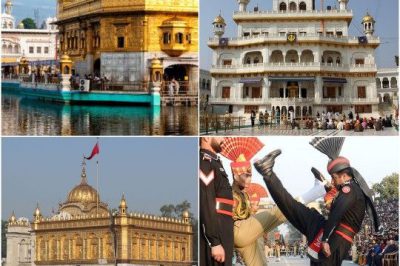Upgrade & Secure Your Future with DevOps, SRE, DevSecOps, MLOps!
We spend hours scrolling social media and waste money on things we forget, but won’t spend 30 minutes a day earning certifications that can change our lives.
Master in DevOps, SRE, DevSecOps & MLOps by DevOps School!
Learn from Guru Rajesh Kumar and double your salary in just one year.
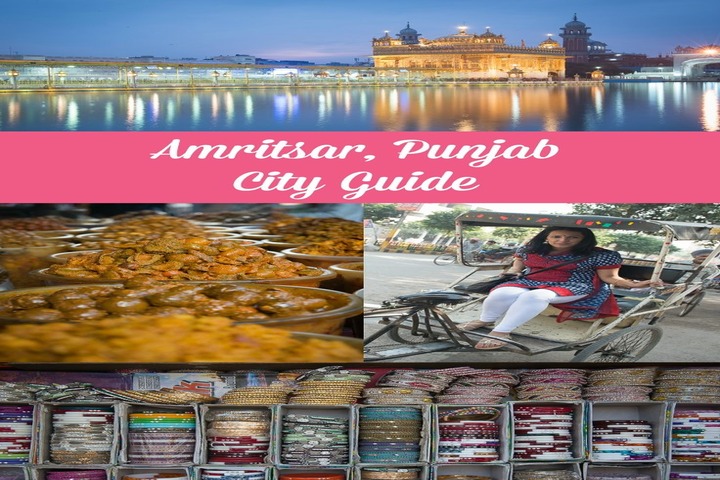
Introduction to Amritsar
Brief overview of the city’s history and cultural significance
Amritsar, one of the oldest and most revered cities in India, is steeped in rich history and cultural heritage. Founded in 1577 by the fourth Sikh Guru, Guru Ram Das, the city has grown into a vital religious and cultural center for Sikhs around the world. Its name, derived from the words “Amrit” (meaning nectar) and “Sarovar” (meaning pool), refers to the holy water tank that surrounds the Golden Temple, the most iconic landmark of the city.
Amritsar has witnessed pivotal moments in India’s history, including the Jallianwala Bagh massacre in 1919, a tragic event that played a significant role in India’s struggle for independence from British rule. The city also holds deep religious importance, being home to the Harmandir Sahib, or Golden Temple, which attracts millions of pilgrims and tourists annually.
Importance as a major tourist destination in Punjab and India
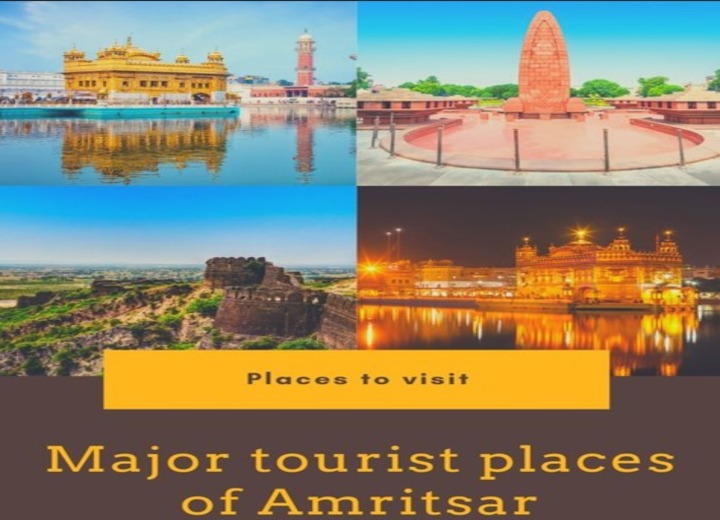
Amritsar stands as a beacon of Sikh culture and spirituality, drawing visitors with its mesmerizing blend of tradition, history, and hospitality. The Golden Temple, with its stunning architecture and serene ambiance, serves as the spiritual epicenter of the Sikh faith and is a must-visit for anyone traveling to India.
Beyond its religious significance, Amritsar offers a vivid glimpse into Punjab’s vibrant culture and history. The city is known for its bustling bazaars, where traditional crafts and delicious street food reflect the region’s rich culinary heritage. The daily Wagah Border ceremony, a patriotic display of military camaraderie between India and Pakistan, is another major attraction that captivates tourists.
Amritsar’s historical sites, such as Jallianwala Bagh and the Partition Museum, provide profound insights into India’s turbulent past and resilience. The city’s numerous festivals, particularly Vaisakhi and Diwali, showcase the exuberance and warmth of Punjabi culture.
As a major tourist destination, Amritsar combines spiritual tranquility, historical depth, and cultural vibrancy, making it an essential stop for travelers seeking to experience the heart and soul of Punjab and India.
How to Reach Amritsar
| Mode of Transport | Details | Online Booking Options |
| By Air | Nearest Airport: Sri Guru Ram Dass Jee International Airport (ATQ), 11 km from city center. Domestic Flights: Direct flights from major cities like Delhi, Mumbai, Kolkata, Bangalore, and Chennai by Air India, IndiGo, SpiceJet, Vistara. International Flights: Connections from London, Birmingham, Toronto, Dubai by Air India, Qatar Airways, Scoot. | Airline websites |
| By Train | Main Station: Amritsar Junction (ASR) Major Routes: – From Delhi: Shatabdi Express, Swarna Shatabdi Express, Amritsar Express. From Mumbai: Golden Temple Mail, Paschim Express. From Kolkata: Howrah-Amritsar Express. From Chandigarh: Amritsar-Chandigarh Intercity Express. | IRCTC website and app |
| By Road | National Highways: NH3 (formerly NH1): Connects Delhi to Amritsar via Panipat, Ambala, Ludhiana, Jalandhar. NH54: Connects Amritsar with Bathinda. Bus Service State-run: Punjab Roadways, Haryana Roadways. Private: Volvo and AC coaches from Delhi, Chandigarh, etc. Interstate: Buses from Himachal Pradesh, Haryana, Jammu & Kashmir. | RedBus, Goibibo, AbhiBus |
Best Time to Visit
Ideal seasons and weather conditions
- Winter (October to March): This is the best time to visit Amritsar. The weather is cool and pleasant, making it ideal for sightseeing and outdoor activities. Temperatures range from 5°C to 20°C.
- Summer (April to June): Summers can be quite hot, with temperatures soaring up to 45°C. It’s less ideal for travel due to the extreme heat.
- Monsoon (July to September): Amritsar receives moderate to heavy rainfall. The weather becomes humid, but the city looks lush and green. It can be a good time to visit if you enjoy monsoon rains.
Key festivals and events
- Vaisakhi (April): One of the most significant festivals in Punjab, celebrating the harvest season and the founding of the Khalsa. The city is vibrant with processions, fairs, and cultural performances.
- Diwali (October/November): The festival of lights is celebrated with great enthusiasm. The Golden Temple is beautifully illuminated, creating a magical atmosphere.
- Gurpurab (November): Marks the birth anniversary of Guru Nanak Dev Ji, the founder of Sikhism. The city hosts grand celebrations, including kirtans (devotional singing) and langars (community meals).
- Lohri (January): A traditional Punjabi festival celebrating the end of winter. It involves bonfires, folk songs, and dance.
- Hola Mohalla (March): A Sikh festival celebrated a day after Holi, featuring martial arts demonstrations, mock battles, and vibrant processions.
Accommodation
| Category | Details |
| Luxury Hotels | Taj Swarna Features: Luxurious rooms, multiple dining options, spa, pool. Hyatt Regency Features: Modern amenities, fine dining, fitness center, pool. Radisson Blu Hotel Features: Elegant rooms, excellent dining, spa, pool, close to key attractions. |
| Mid-Range Hotels | Ramada by Wyndham Amritsar Features: Comfortable rooms, rooftop pool, restaurant, central location. Holiday Inn Amritsar Ranjit Avenue Features: Contemporary rooms, dining, fitness center, poo Hotel Golden Tulip Features: Well-appointed rooms, restaurant, bar, fitness facilities. |
| Budget Accommodations | Hotel Le Golden Features: Affordable rooms, close to the Golden Temple, basic amenities. Hotel HK Clarks Inn Features: Budget-friendly, clean rooms, restaurant, good service.<br> Hotel City Park Features: Economical, comfortable stay, essential amenities, near key sites. |
| Homestays and Guesthouses | Ranjit’s SVAASA Features: Heritage property, personalized service, peaceful atmosphere.<br> Hotel Sarovar Regency Features: Family-run, homely environment, close to Golden Temple. Grace Homestay Features: Friendly hosts, comfortable rooms, authentic local experience. |
Top Attractions in Amritsar
The Golden Temple (Harmandir Sahib)
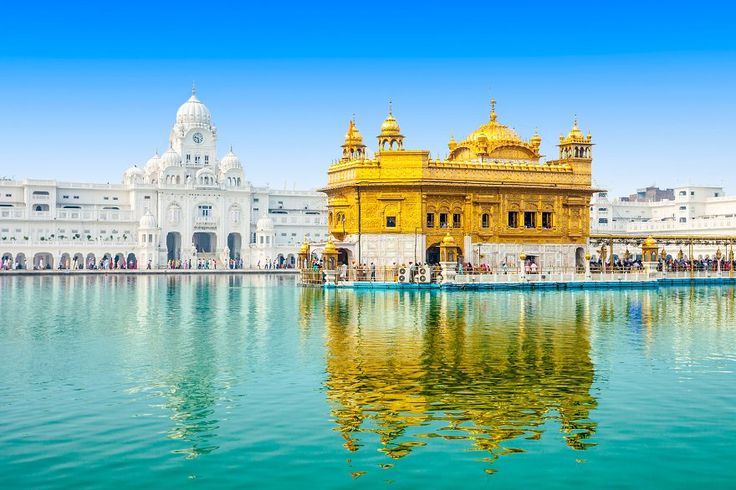
Historical Significance:
- Holiest shrine in Sikhism, founded by Guru Ram Das in 1577.
- Symbolizes humility and equality with its gold-plated structure and serene Amrit Sarovar (holy tank).
Visitor Information:
- Open 24 hours a day, 7 days a week.
- Best visited early morning or late evening to witness ceremonies.
- Free entry.
- Head covering and barefoot entry required.
Jallianwala Bagh.
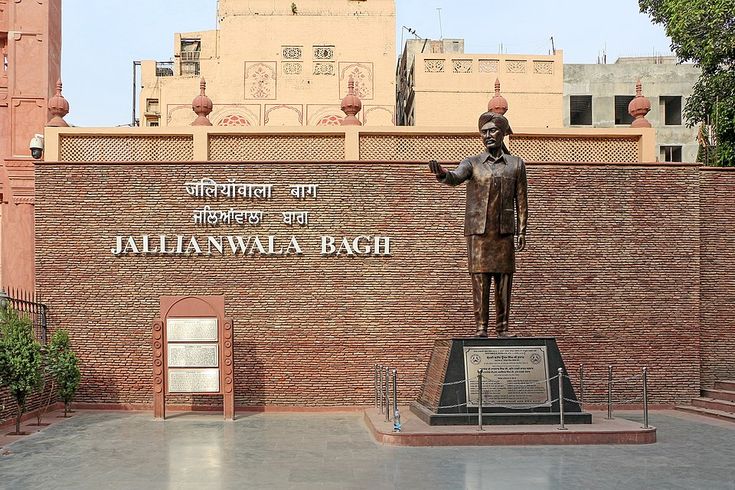
- Historical Background:
- Site of the tragic massacre on April 13, 1919, where British troops killed hundreds of unarmed Indian civilians.
- Played a crucial role in India’s struggle for independence.
- Visiting Hours:
- Open daily from 6:30 AM to 7:30 PM.
- Free entry.
- Memorial and museum provide detailed historical accounts and artifacts
Wagah Border Ceremony
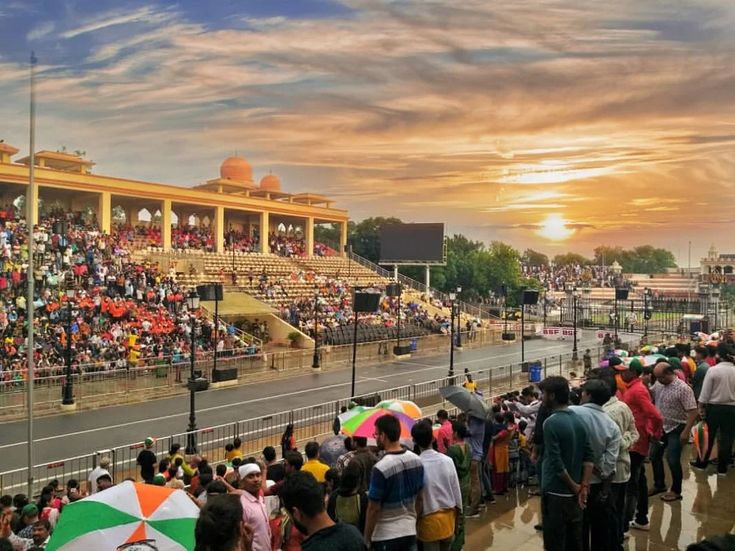
- Schedule:
- Daily Beating Retreat ceremony around 4:30 PM in winter and 5:30 PM in summer.
- Arrive at least an hour early to secure a good spot.
- Tips:
- Carry ID proof.
- Avoid carrying large bags.
- Wear comfortable clothing.
- Features energetic military drills and flag-lowering by Indian and Pakistani soldiers.
Partition Museum
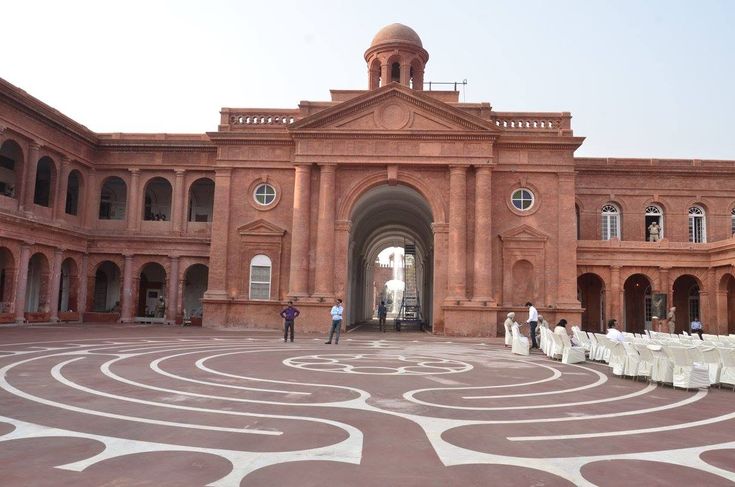
- Exhibits:
- Preserves stories and artifacts from the Partition of India in 1947.
- Includes photographs, personal belongings, newspaper clippings, and oral histories.
- Visitor Information:
- Located in Town Hall.
- Open Tuesday to Sunday from 10:00 AM to 6:00 PM.
- Entry fee applies.
- Guided tours available for a more in-depth understanding.
Durgiana Temple
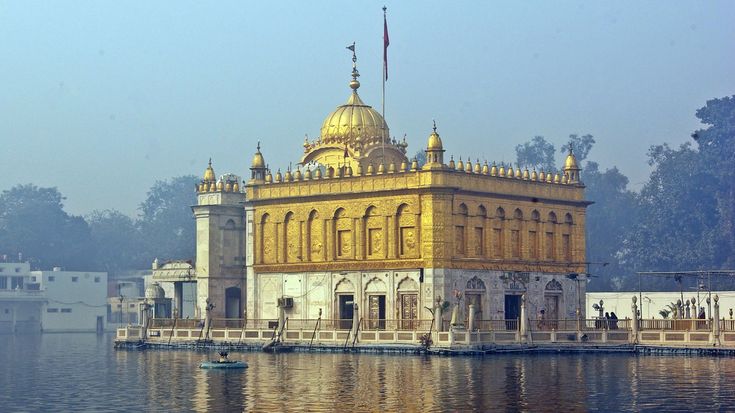
- Architectural Details:
- Dedicated to Goddess Durga, often compared to the Golden Temple.
- Built in the 16th century with beautiful silver doors and intricate carvings.
- Visiting Hours:
- Open daily from 6:00 AM to 10:00 PM.
- Free entry.
- Peaceful site, especially during morning and evening prayers.
Cultural and Historical Sites
Maharaja Ranjit Singh Museum
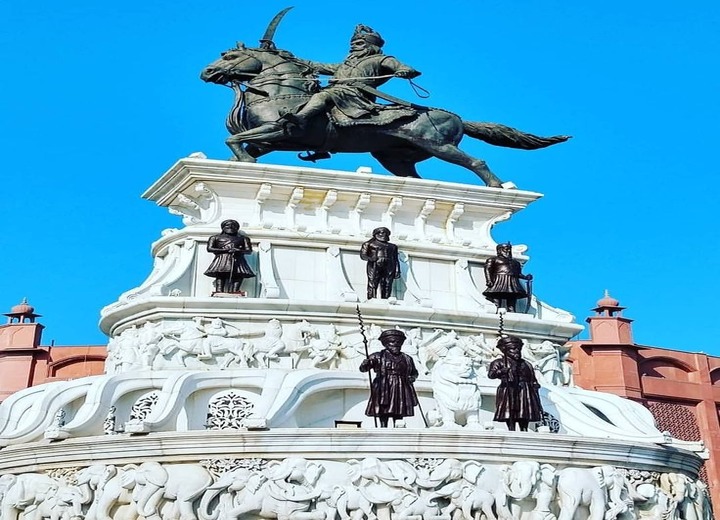
- Historical Significance:
- Dedicated to Maharaja Ranjit Singh, the leader of the Sikh Empire in the early 19th century.
- Housed in the beautiful summer palace of the Maharaja.
- Exhibits:
- Displays artifacts related to the Maharaja’s life and reign.
- Includes weapons, paintings, coins, and manuscripts
- Visitor Information:
- Open from Tuesday to Sunday, 10:00 AM to 5:00 PM.
- Entry fee applies.
- The museum is set amidst the lovely Ram Bagh Gardens, perfect for a leisurely stroll.
Ram Tirath Temple
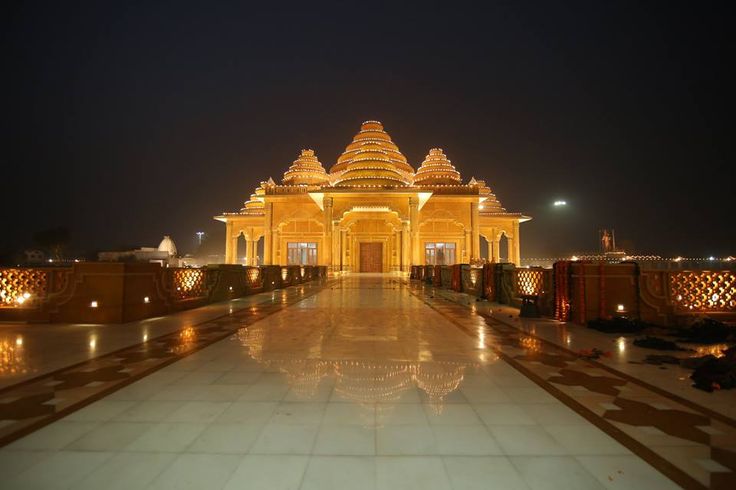
- Historical Significance:
- Believed to be the birthplace of Lav and Kush, sons of Lord Rama.
- Associated with the sage Valmiki, who is said to have written the Ramayana here
- Architectural Details:
- Features a large ancient tank and several temples.
- The main temple houses a hut where Valmiki is believed to have lived.
- Visitor Information:
- Open daily from 5:00 AM to 9:00 PM.
- Free entry.
- Best visited during the annual fair held in November, which attracts numerous pilgrims.
Gobindgarh Fort
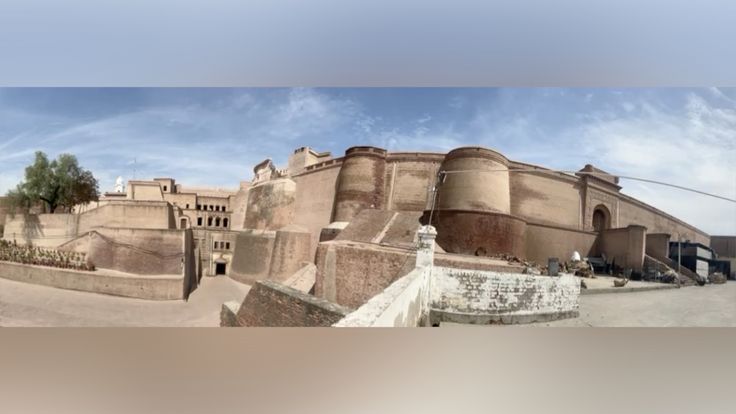
- Historical Significance:
- A historic military fort built in the 18th century by Maharaja Ranjit Singh.
- Played a crucial role in the defense of the region during the Sikh Empire.
- Features and Attractions:
- Includes a museum with exhibits on the history of the fort and the Sikh Empire.
- Offers cultural performances, 7D shows, and traditional Punjabi cuisine.
- Attractions like the Toshakhana (treasure house) and Bungalow for Officers.
- Visitor Information:
- Open daily from 10:00 AM to 10:00 PM.
- Entry fee applies.
- Guided tours available, enhancing the historical experience.
Local Cuisine and Dining
- Must-try dishes
- Amritsari Kulcha: A type of stuffed naan bread, typically filled with spiced potatoes, served with chole (chickpea curry) and chutney.
- Lassi: A traditional yogurt-based drink, often served sweet or salty. Amritsari lassi is known for its rich, creamy texture.
- Chole Bhature: A popular North Indian dish consisting of spicy chickpeas served with deep-fried bread.
- Sarson da Saag and Makki di Roti: A classic Punjabi dish made from mustard greens and served with maize flour bread.
- Amritsari Fish: A local delicacy where fish is marinated in a spicy batter and deep-fried.
- Pinni: A sweet treat made from desi ghee, sugar, and flour, often consumed in winter.
- Popular restaurants and street food stalls
- Kesar Da Dhaba: Famous for its Punjabi vegetarian thali, lassi, and Phirni. Located in the heart of the old city
- Brothers Dhaba: Renowned for its authentic Punjabi dishes like Amritsari Kulcha, Chole Bhature, and Rajma Chawal.
- Beera Chicken House: Known for its succulent tandoori chicken and Amritsari fish.
- Kanha Sweets: A must-visit for breakfast, serving delicious Poori-Chole and halwa.
- Bharawan Da Dhaba: Offers traditional Punjabi cuisine with a variety of vegetarian dishes.
- Giani Tea Stall: Famous for its masala chai and bread omelet, a popular snack among locals and tourists alike
- Ahuja Milk Bhandar: Renowned for its thick and creamy lassi, a refreshing treat.
- Food festivals and culinary tours
- Amritsar Heritage Walk: A guided tour that takes you through the streets of Amritsar, offering a taste of local street food and historical insights.
- Sadda Pind: A cultural village resort that offers a traditional Punjabi dining experience along with cultural performances.
- Punjabi Food Festival: Held annually in various locations, this festival showcases the diverse culinary heritage of Punjab with food stalls, cooking demonstrations, and tastings.
- Culinary Tours: Various local tour operators offer culinary tours that include visits to famous eateries, dhabas, and sweet shops, providing an immersive gastronomic experience.
Shopping in Amritsar
Famous markets
- Hall Bazaar:
- One of the oldest and most popular shopping destinations in Amritsar.
- Offers a wide variety of items including electronics, books, clothing, and traditional jewelry.
- Known for its Mughal-style gate called Gandhi Gate.
- Katra Jaimal Singh Bazaar:
- Famous for its textiles and fabrics.
- Great place to buy traditional Punjabi suits, sarees, and wedding attire.
- Offers a range of embroidered and handloom fabrics.
- Guru Bazaar:
- Known for gold and silver jewelry.
- Houses numerous shops selling traditional and contemporary jewelry designs.
- A must-visit for bridal shopping and unique jewelry pieces.
- Lawrence Road:
- Modern shopping area with a mix of branded stores and local shops.
- Offers fashion boutiques, electronics, footwear, and eateries.
- Popular among locals for a leisurely shopping experience.
Traditional Crafts and Souvenirs
- Phulkari Embroidery:
- Traditional Punjabi embroidery, often seen on dupattas, shawls, and garments.
- Known for its vibrant colors and intricate patterns.
- Available in various shops across the city, especially in Katra Jaimal Singh Bazaar
- Punjabi Juttis:
- Traditional leather footwear, often embroidered with colorful threads and beads.
- Comfortable and stylish, perfect as souvenirs or gifts.
- Can be found in Hall Bazaar and other local markets.
- Wooden Handicrafts:
- Includes items like carved wooden boxes, decorative pieces, and furniture.
- Known for their craftsmanship and intricate designs.
- Available in various shops and markets around the city
Local Specialties to Buy
- Amritsari Papad and Wadiyan:
- Popular snacks made from lentils and spices.
- Available in local grocery stores and specialty shops.
- Make great souvenirs or gifts for food enthusiasts.
- Pashmina Shawls:
- High-quality woolen shawls known for their softness and warmth.
- Available in a variety of colors and patterns.
- Can be found in markets like Hall Bazaar and Katra Jaimal Singh Bazaar.
- Pickles and Spices:
- A variety of traditional Punjabi pickles and spices are available.
- Known for their rich flavors and authentic taste.
- Easily available in local grocery stores and specialty shops.
- Sweets and Dry Fruits:
- Popular sweets include Pinni, Patisa, and Ladoos.
- Dry fruits like almonds, cashews, and pistachios are also widely available.
- Can be bought from famous sweet shops like Kanha Sweets and Bansal Sweets.
Cultural Experiences and Activities
Traditional music and dance performances
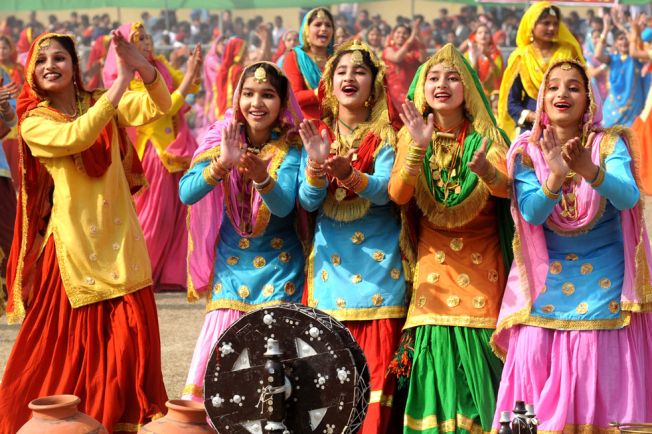
Punjabi Folk Dance Shows:
- Experience vibrant performances of traditional dances like Bhangra and Gidda.
- Performances are often held at cultural venues and during festivals.
- Some restaurants and cultural centers, like Sadda Pind, regularly host these shows.
Gurbani Kirtan at Golden Temple:
- Listen to soulful devotional music performed by skilled musicians.
- Held daily at the Golden Temple, providing a serene and spiritual experience.
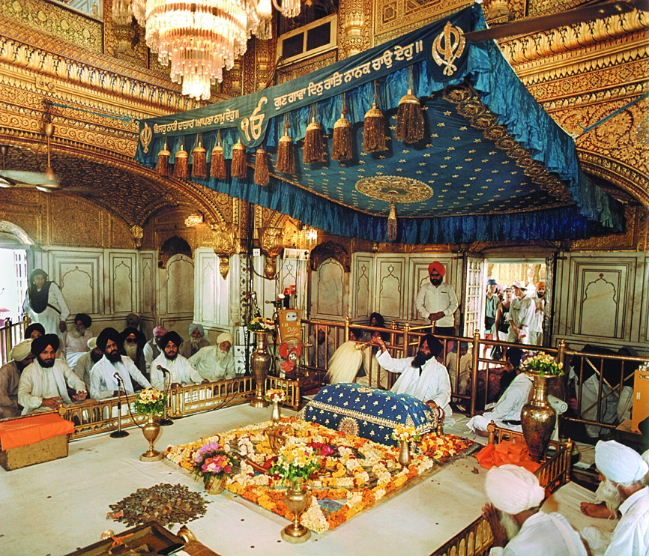
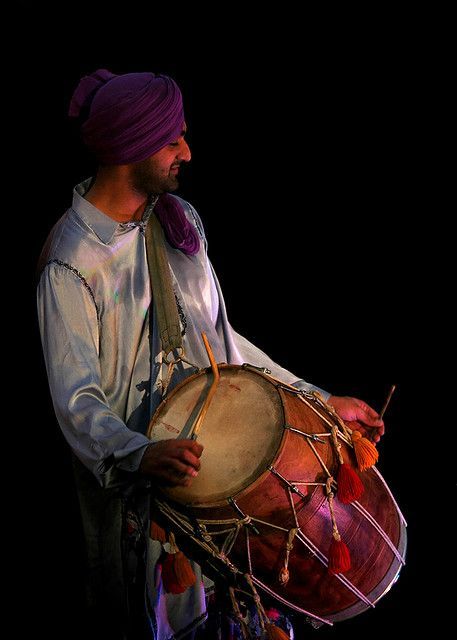
Folk Music Performances:
- Enjoy live performances of Punjabi folk music at local cultural festivals and events.
- Instruments like the dhol, tumbi, and harmonium are commonly used.
- Venues like Punjab Naatshala and other cultural centers host such events.
Heritage walks and guided tours
Amritsar Heritage Walk:
- Guided tour through the historic parts of the city, including narrow alleys and old bazaars.
- Highlights include historic buildings, temples, and the bustling markets.
- Provides insights into the architectural and cultural heritage of Amritsar.
Golden Temple Complex Tour:
- Guided tour of the Golden Temple and its surrounding areas.
- Learn about the history, architecture, and significance of this iconic site.
- Includes visits to the community kitchen (langar) and the Sikh Museum.
Partition Museum Tour:
- Guided tours available that delve into the history of the Partition of India.
- Detailed accounts and personal stories provide a deep understanding of this period.
- The museum offers audio guides and expert-led tours for a comprehensive experience.
Workshops and interactive sessions (e.g., cooking classes, craft workshops)
Cooking Classes:
- Participate in cooking classes to learn how to prepare traditional Punjabi dishes.
- Classes often include making popular items like Amritsari Kulcha, Chole, and Lassi.
- Some local restaurants and homestays offer cooking workshops.
Craft Workshops:
- Engage in workshops to learn traditional crafts like Phulkari embroidery and pottery.
- Local artisans and craft centers conduct these interactive sessions.
- Take home your handcrafted souvenirs as a unique memory of your visit.
Sikh Martial Arts (Gatka) Workshops:
- Learn the basics of Gatka, a traditional Sikh martial art.
- Workshops often include demonstrations and basic training sessions.
- Available at cultural centers and during festivals.
Photography Tours:
- Join photography tours that capture the essence of Amritsar’s streets, architecture, and people.
- Guided by professional photographers who provide tips and techniques.
- Ideal for photography enthusiasts looking to enhance their skills and explore the city.
Day Trips and Excursions
| Destination | Location | Historical Significance | Key Attractions | Visitor Information |
|---|---|---|---|---|
| Tarn Taran Sahib | 22 km from Amritsar | Founded by Guru Arjan Dev in 1590. | Tarn Taran Sahib Gurudwara (largest Sarovar) Guru Ka Khuh Annual Festivals (Guru Nanak Jayanti, Vaisakhi) | Open daily No entry fee Best visited early morning or late afternoon |
| Pul Kanjari | 35 km from Amritsar, near border | Built by Maharaja Ranjit Singh | Historic Bathhouse Baradari Pavilion Temple, Mosque, and Gurudwara | Open throughout the year No entry fee |
| Gobindgarh Fort | Within Amritsar city | Built in the 18th century by Maharaja Ranjit Singh | Toshakhana Bungalow for Officers Museums Cultural Performances 7D Shows Spirit of Punjab cultural zone | Open daily 10:00 AM to 10:00 PM Entry fee applies Guided tours available Various dining options within the fort |
Travel Tips and Safety
General safety guidelines for tourists
- Keep your valuables, such as passports and money, in a secure place.
- Avoid traveling alone at night in unfamiliar areas.
- Be cautious of pickpockets, especially in crowded places.
- Use reliable transportation options like registered taxis or ride-sharing apps.
- Follow local traffic rules and be cautious while crossing roads.
Health and medical facilities
- Drink only bottled or filtered water to avoid waterborne diseases.
- Carry a basic first aid kit with essential medicines.
- Be mindful of food hygiene; eat at reputable restaurants and avoid street food if unsure.
- Major hospitals in Amritsar include Sri Guru Ram Das Charitable Hospital, Fortis Escorts Hospital, and Amandeep Hospital.
- Pharmacies are widely available in the city for over-the-counter medications.
Local customs and etiquette
- Dress modestly, especially when visiting religious sites.
- Women should cover their heads in gurudwaras.
- Remove shoes before entering temples and homes.
- Respect local traditions and customs.
- Avoid public displays of affection.
- When eating, use your right hand, as the left hand is considered unclean.
Emergency contacts
- Police: 100
- Fire: 101
- Ambulance: 102
- Tourist Helpline: 1363 or 1800-11-1363 (24-hour toll-free)
- Nearest Embassy or Consulate: Check your country’s official website for contact information.
Transportation within Amritsar
| Mode of Transport | Details |
|---|---|
| Public Transport | Buses: Operated by Punjab Roadways and private operators. Economical way to travel around the city. Main bus terminals include Amritsar Bus Stand near the railway station. Auto-Rickshaws: Widely available for short distances. Fares are generally negotiable; agree on a price before the ride. Suitable for navigating through crowded and narrow streets. |
| Taxi and Ride-Sharing Services | Taxis: Available through local taxi stands and hotel services. Can be booked for city tours and outstation trips. Recommended to book through reputable providers for safety and fair pricing. Ride-Sharing Services: Ola and Uber operate extensively in Amritsar. Convenient for both short and long-distance travel within the city. Fares are calculated via the app, offering transparent pricing. Options for different vehicle types (e.g., sedan, mini, SUV). |
| Bicycle and Bike Rentals | Bicycle Rentals: Available at various rental shops in the city. Ideal for exploring areas near the Golden Temple and old city. Affordable daily rental rates. Bike Rentals: Motorbike and scooter rentals available for more extensive city travel. Can be rented on a daily or weekly basis. Providers usually require a valid driving license and security deposit. Popular rental providers include Royal Brothers and local rental shops. |
Suggested Itineraries
1-day itinerary
| 1-Day Itinerary | Morning: |
2-day itinerary
| 2-Day Itinerary | Day 1: Follow the 1-day itinerary for the first day. Day 2: Morning: Explore Gobindgarh Fort in detail, including its museums, cultural performances, and 7D show. Visit Maharaja Ranjit Singh Museum to learn about the history of the Sikh Empire. Dinner at a popular restaurant like Brothers Dhaba.. |
3-day itinerary
| 3-Day Itinerary | Day 1: Follow the 1-day itinerary. Day 2:- Follow the 2-day itinerary Day 3: Morning: Visit Pul Kanjari to explore the historic bathhouse and Baradari Pavilion. Join a cooking class or craft workshop to learn traditional Punjabi skills. End your trip with a relaxing dinner at a recommended restaurant like Crystal Restaurant. |
Useful Resources
Maps and navigation apps
- Google Maps: Provides accurate navigation, local attractions, restaurants, and transit information.
- Apple Maps: Useful for navigation and finding nearby amenities.
- Maps.me: Offline maps with detailed routes and points of interest.
- Citymapper: Offers comprehensive public transit information and routes.
Local tourism websites and contact information
- Official Amritsar Tourism Website: Punjab Tourism Provides detailed information on attractions, events, and accommodations.
- Golden Temple Official Website: Golden Temple Information on visiting hours, services, and history.
- Tourist Helpline: 1363 or 1800-11-1363 (24-hour toll-free).
Recommended travel guides and books
- Lonely Planet India: Comprehensive guidebook with detailed information on Amritsar and other Indian destinations.
- Rough Guide to India: Offers in-depth coverage of Amritsar’s attractions, culture, and history.
- Amritsar: A City in Remembrance” by Ratish Nanda: Explores the history and architecture of Amritsar.
- The Golden Temple: A Gift to Humanity” by Raghu Rai: A photographic journey through the Golden Temple, capturing its spiritual essence.
